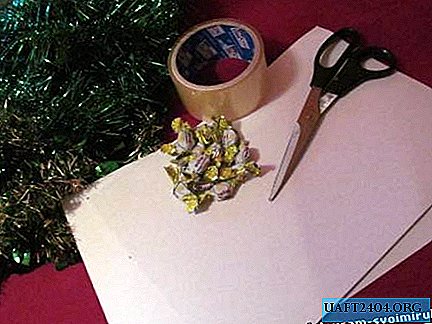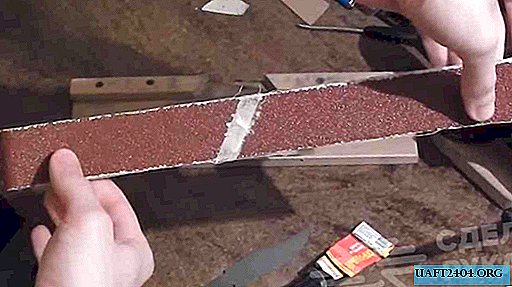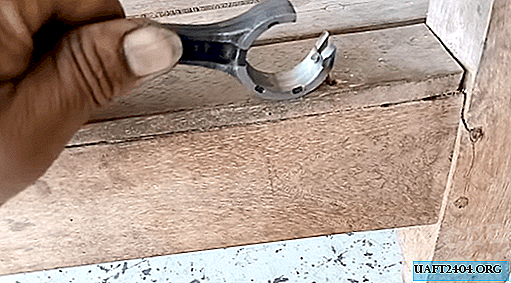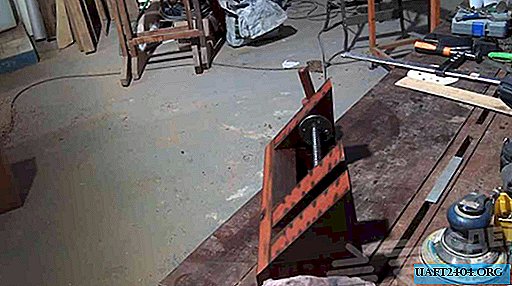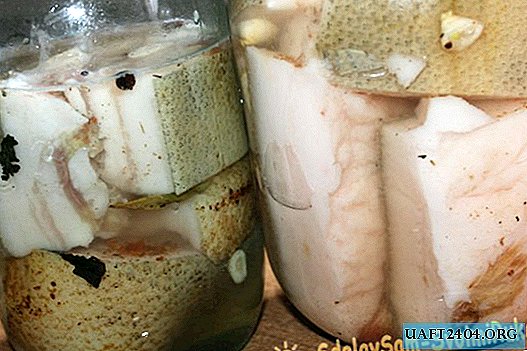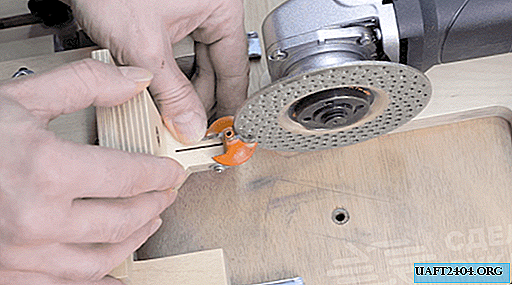Share
Pin
Tweet
Send
Share
Send
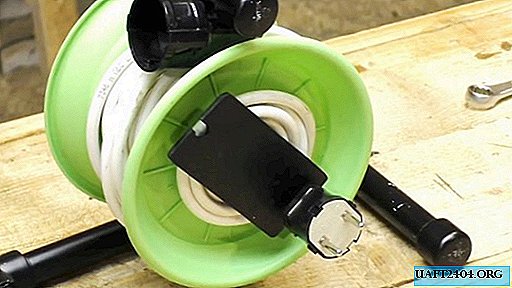
Materials:
- old front axle from the bike;
- 2 hard plastic plates or trays from flower pots;
- trimming polypropylene pipes;
- a piece of plexiglass or plywood;
- 3 caps for polypropylene pipes;
- 1 tee for polypropylene pipes;
- 3 corners for polypropylene pipes.
Coil assembly
To assemble the reel spool, you need to connect together 2 plates and a bicycle axle. To do this, the plates are made through the hole so that their bottom can be closely pressed against the cups of the axis sleeve.


To fix the plates on the axis, 4 rivets are used. To install them, you will have to expand the holes on the sleeve, and drill plates.


Next, you need to make a tripod frame to secure the spool. It is very easy to solder from scraps of plastic water pipes.

Please note that one of the legs is attached to a longer tube extending from the tee. This is necessary for the normal placement of plates, so that they do not pinch. The rays of the remaining legs are shorter, which makes the design compact.


A hole is drilled in the center of the elongated tube, under the diameter of the axle pin. The stand itself can be painted from spray paint with plastic paint. The axis is screwed through the hole in the elongated tube to the resulting stand.


From plexiglass or plywood, you need to cut out the retainer for the extension cable and its plug. It is made in the form of a rectangle slightly smaller than the diameter of the bottom of the plates. On it you need to make 2 cuts under the cable, into which you can insert it so that it does not unwind.

The resulting retainer is glued to the spacer from the cutting of a plastic pipe of large diameter. In the bottom of the outer plate, a hole is made for the wire outlet. Then the plexiglass retainer with a spacer is glued to the plate.
Then, from the inside of the spool, a wire without a plug is inserted into the hole in the plates. It is necessary that it goes about 1 m. A plug is placed on the output end of the wire. An outlet is installed on the long side of the cable from the side of the spool.

The cable with the plug is wound onto the latch and clamped in the slot. Next, by rotating the spool, you need to wind the remaining wire. In this case, after winding, the socket will be clamped between the spool and the leg, so the extension cord will not unwind itself.


Share
Pin
Tweet
Send
Share
Send

